How solar is recycled
The Australian energy industry landscape has experienced rapid technological change with increasing investment in renewable energy. Solar has become an affordable and dependable source of clean energy thanks to improved manufacturing and technology, but what happens to solar panels when they reach the end of their product life?
More than 2 million Australian households have installed rooftop solar with approximately 40 million solar panels installed*. With those numbers looking set to increase as solar energy becomes more popular, the responsible recycling of solar panels will become a more pressing issue.
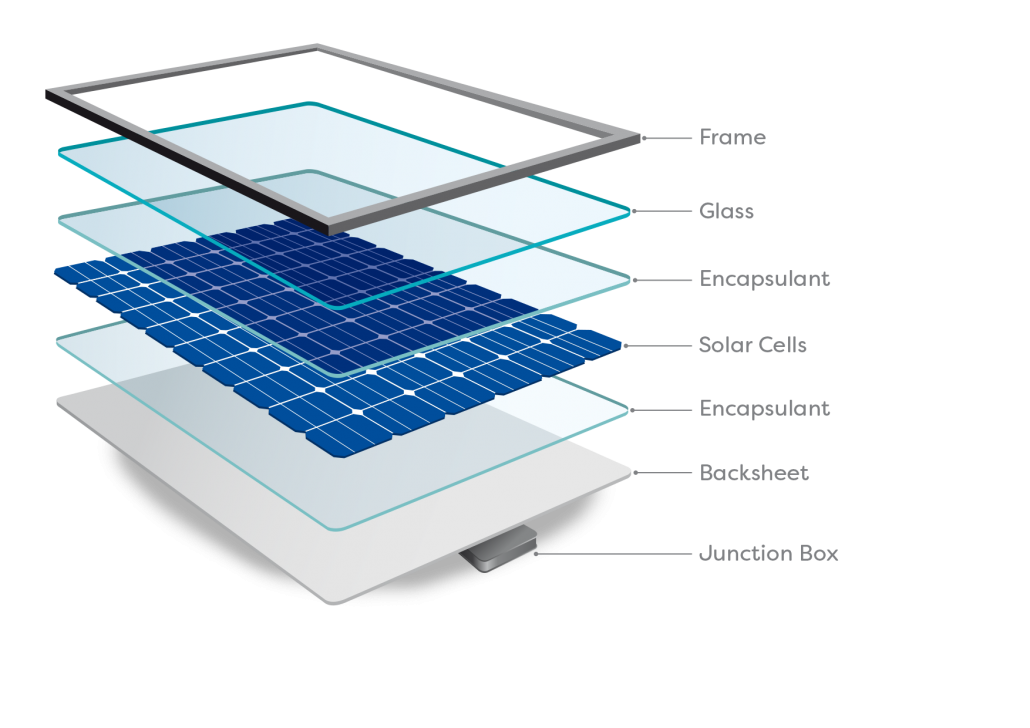
Solar panels are made up of plenty of useful resources that can be recycled such as glass, plastic, silicon and other metals. 96% of the materials that make up a solar panel can be reused for producing new solar panels to make production even cheaper*. When the panels are disassembled, most of the glass, silicon and metal can all be recycled and re-used.
There are 2 main types of solar panels, both requiring a different approach to their recycling. Silicon based panel recycling allows almost all of the glass to be re-used as well as external metal parts. Silicon from the panels can also be recycled and used again in new panels. Thin-film based solar panel recycling is a more thorough process, involving shredding the panels and separating the broken down materials. Metals and glass can be recycled to be re-manufactured for a broad range of purposes.
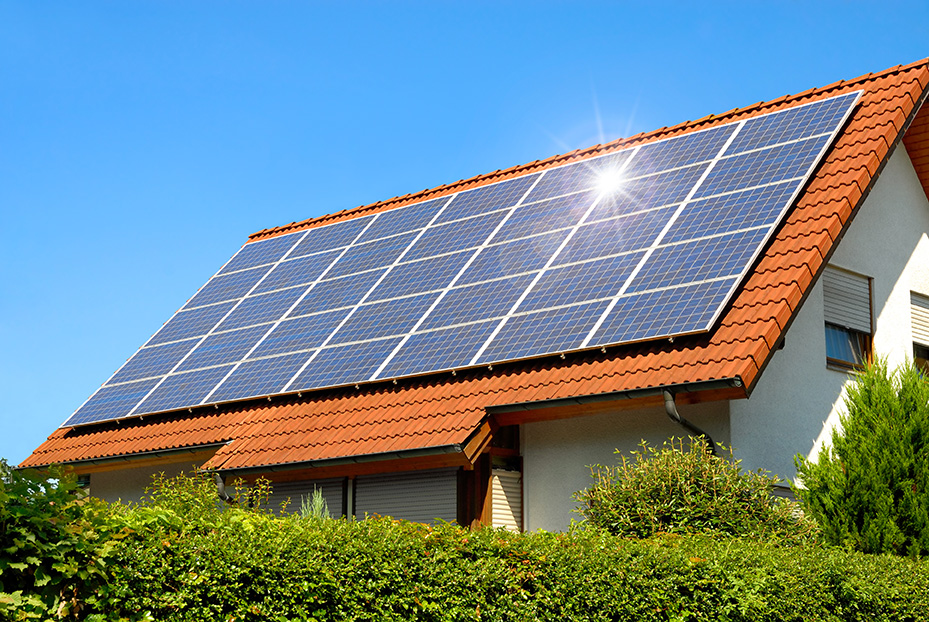
With improving technology and production techniques the price of solar energy will continue to drop, and popularity will continue to rise. As a result, there’ll be even more opportunities for recycling and repurposing of solar panels in the future.
*IRENA 2016, End-of-life management, solar photovoltaic panels


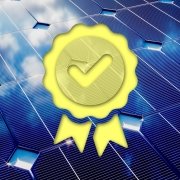
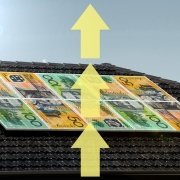 Sunbank Solar
Sunbank Solar Sunbank Solar Batteries
Sunbank Solar Batteries


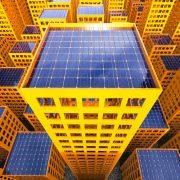





 Sunbank Solar Batteries
Sunbank Solar Batteries Sunbank Solar
Sunbank Solar